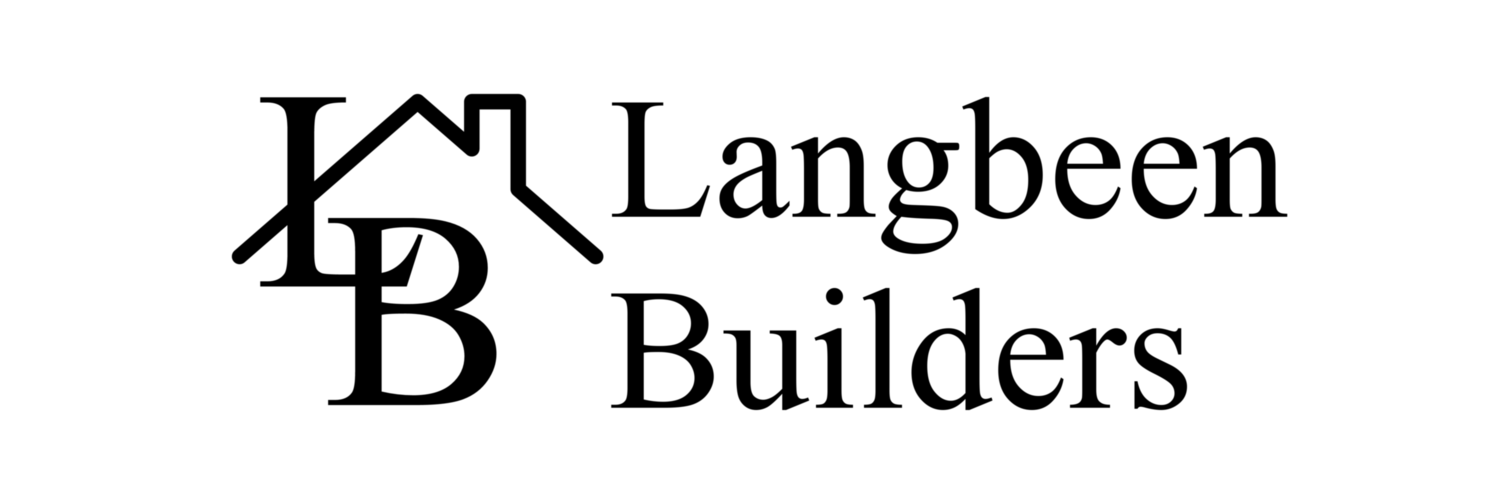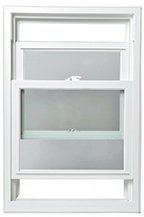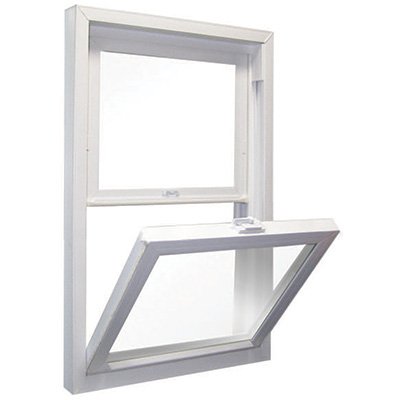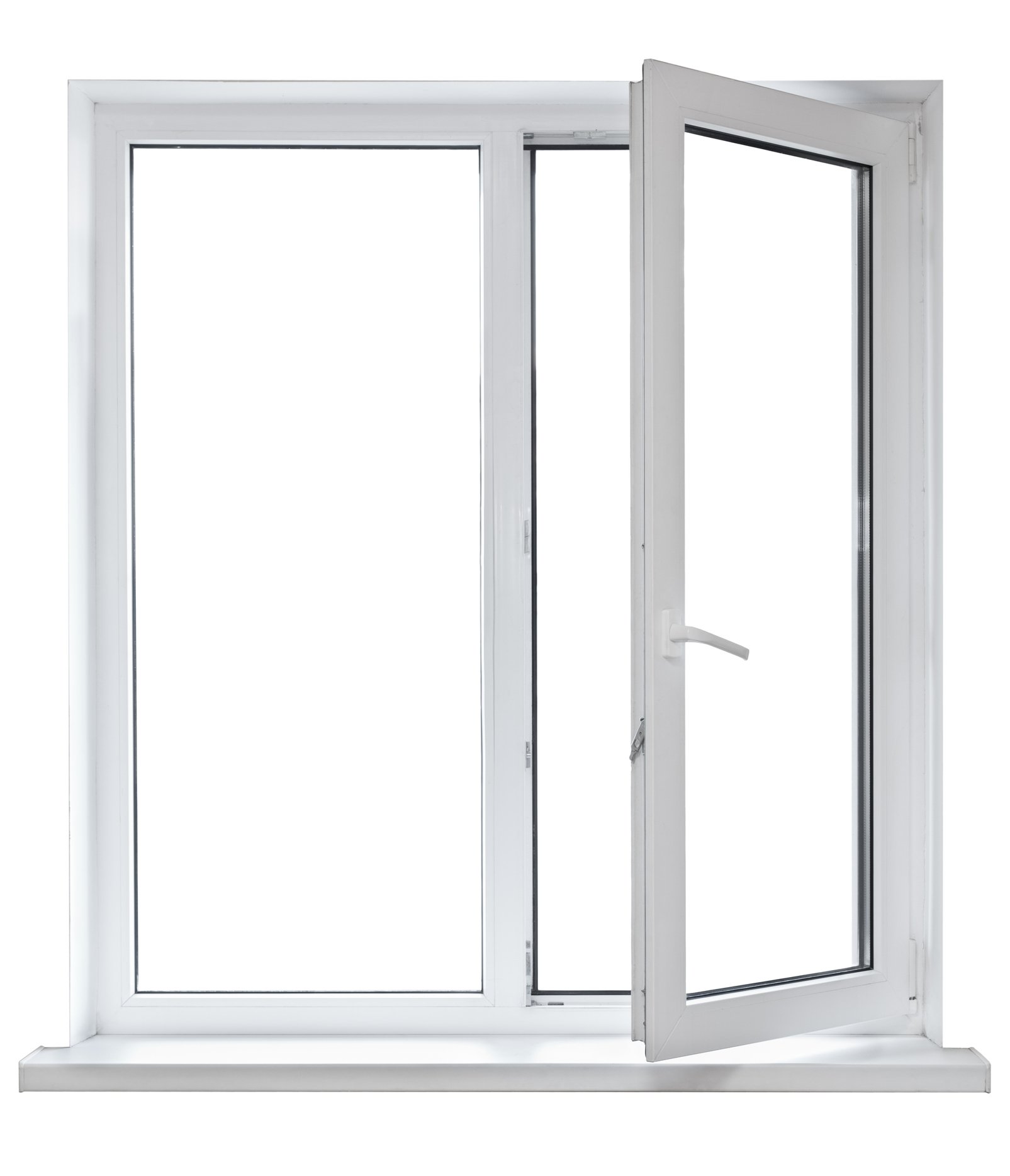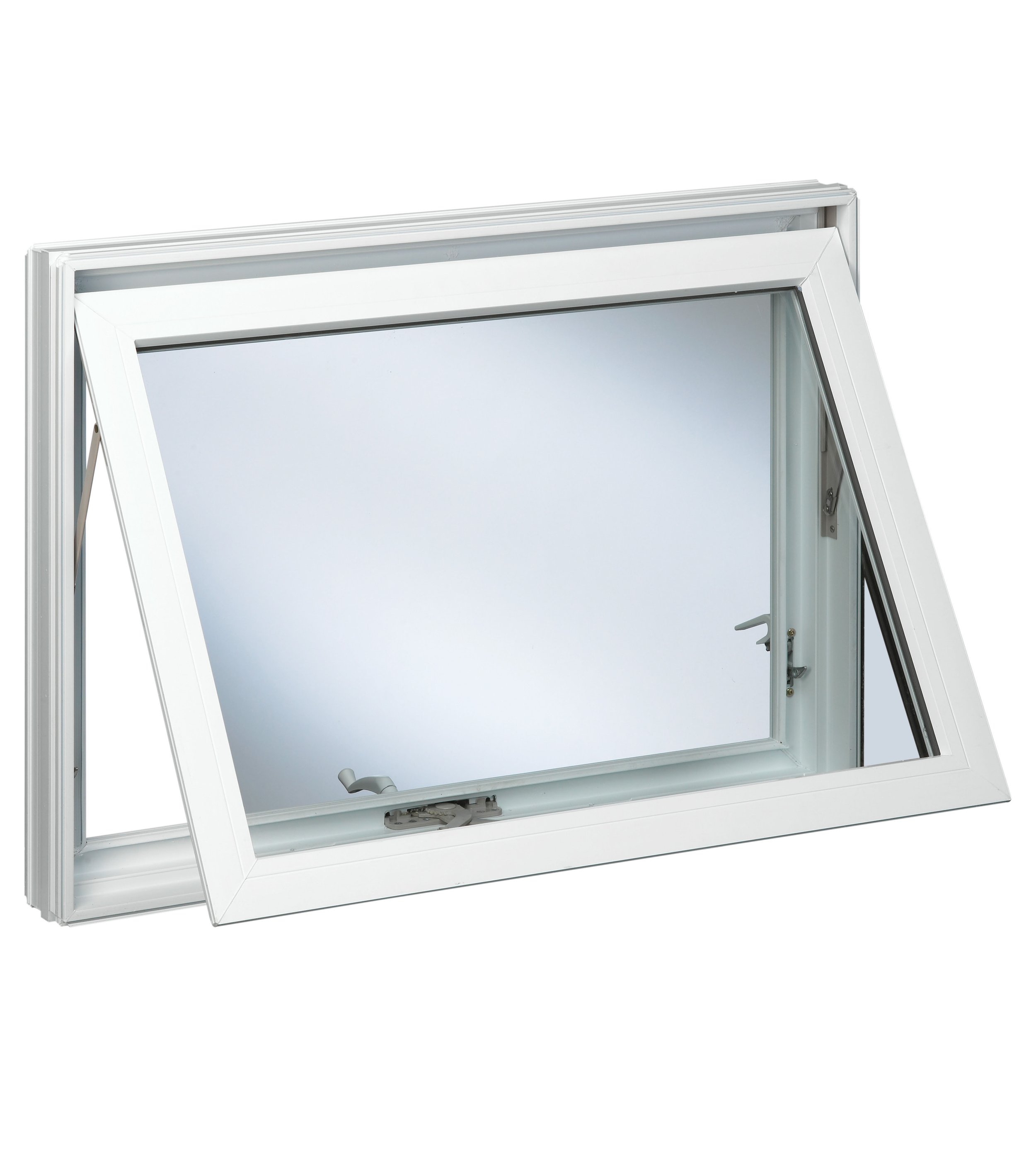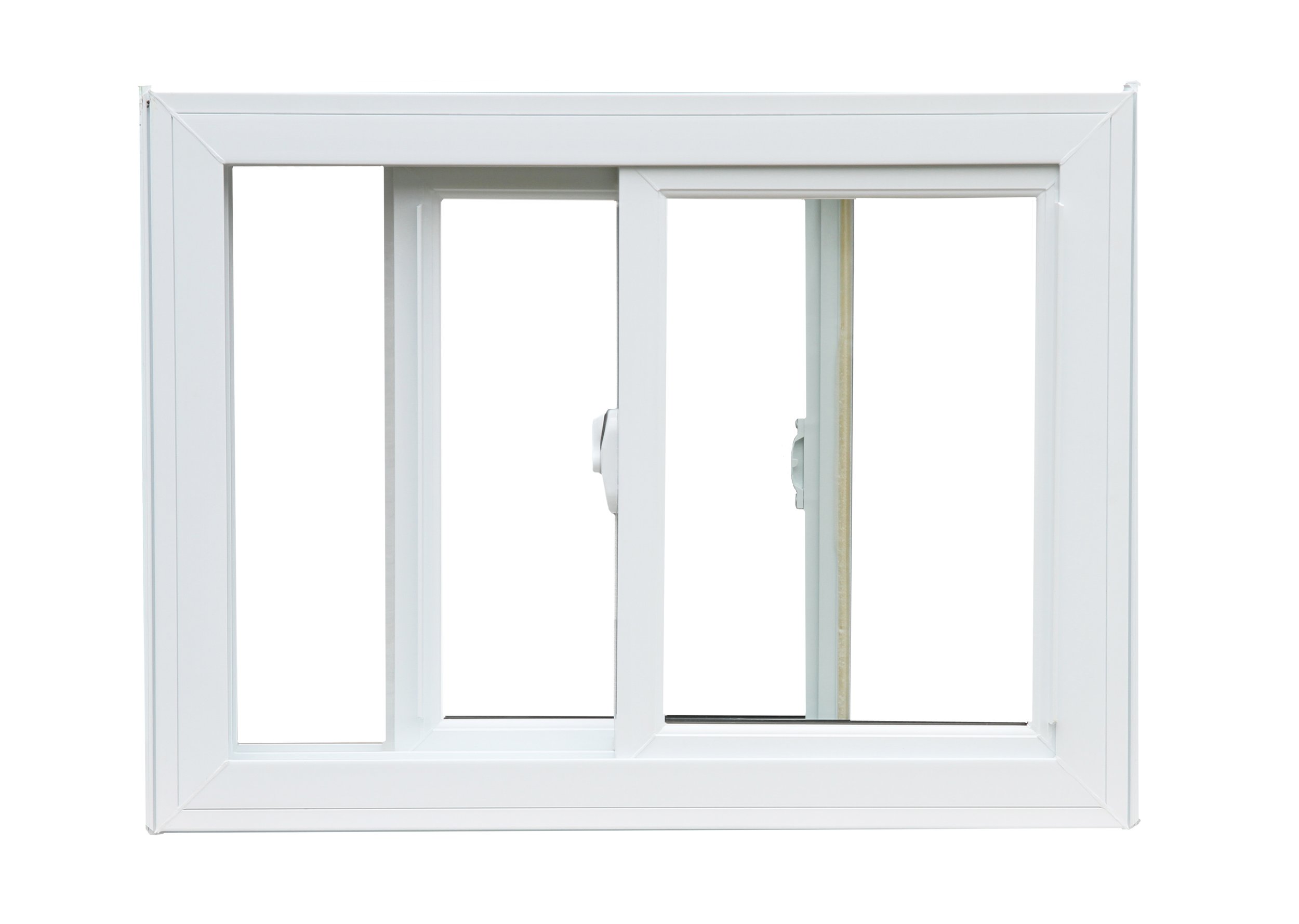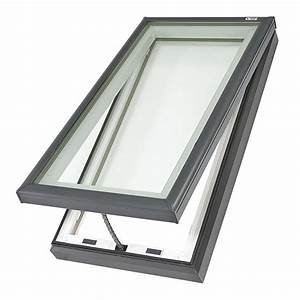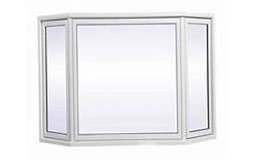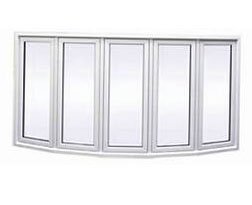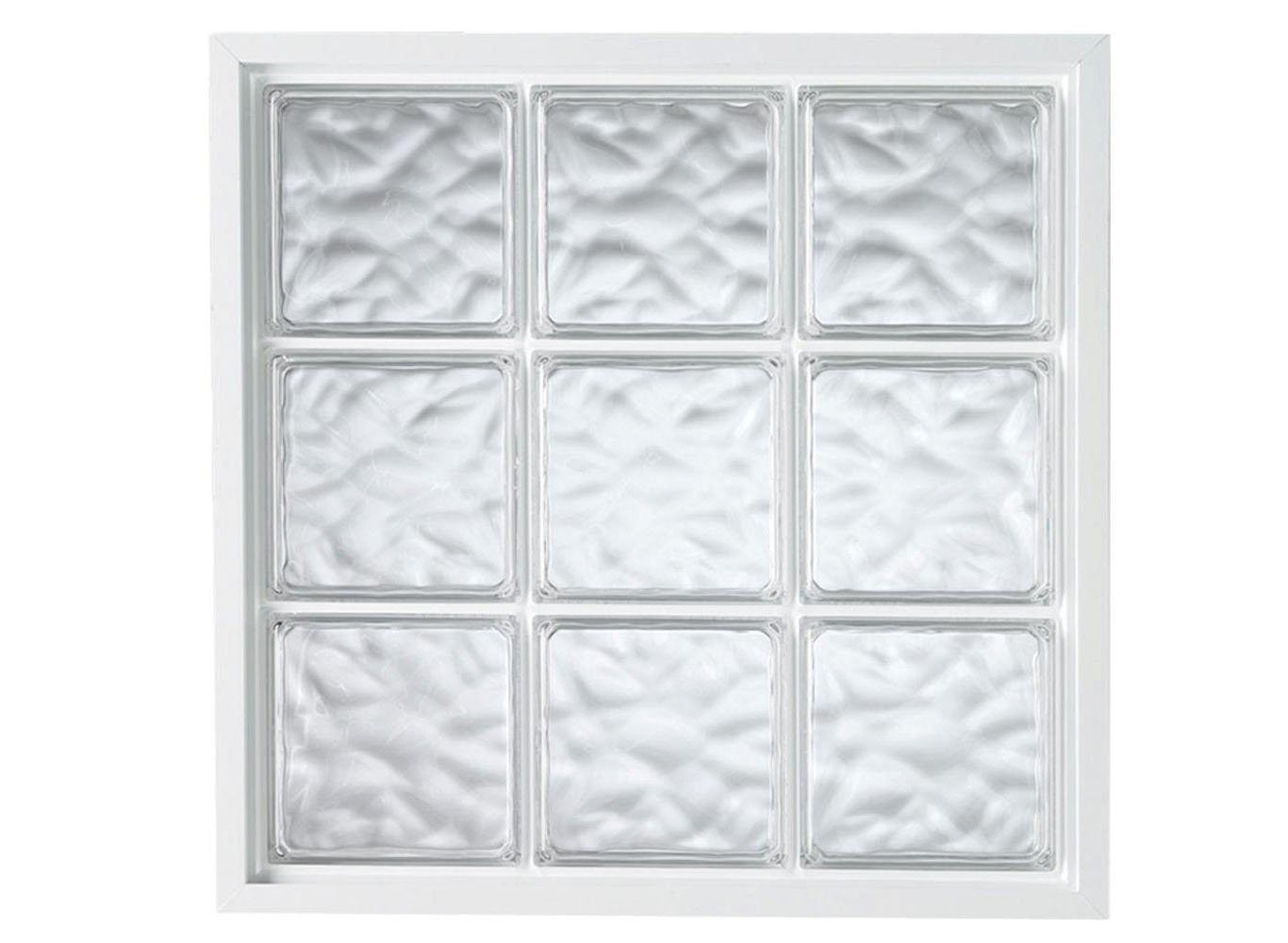PICKING OUT WINDOWS TO MEET YOUR NEEDS: WINDOW TYPES
When building a new home, one of the most important decisions you can make is picking out windows that meet your budget, home’s exterior style, and interior spaces needs. There are three areas you need to consider before making your final choices. In the prior article, window materials were reviewed; the second area for consideration is window types.
Window Types
There are numerous types of windows available for installation in a new home, including double hung, double hung with muntins, single hung, casement, awning, slider, fixed, skylight, bay or bow, and glass block.
Double-Hung Windows
Double-hung windows feature two sashes (frame units surrounding glass panels) that slide up and down within vertical tracks. With today’s double-hung windows, the sashes are counterbalanced by springs hidden in the sidetracks.
Double-Hung Windows with Muntins
This is a variation of the double-hung window in which the sashes are subdivided into smaller panes within the larger frames, using a grid of horizontal and vertical muntins (supporting strips).
Single-Hung Windows
Single-hung windows are similar to double-hung windows in that they both have two separate, upper and lower sashes. The difference between the two is that the upper sash of a single-hung window is fixed in place, allowing only the lower sash to be operable. One benefit of a single-hung window is because it only opens in one direction, there are fewer points of failure on the window’s locking system.
Casement Windows
Casement windows crank open horizontally on hinges mounted on one side at the top and bottom or on both sides at the top and bottom. Casement windows are very popular, second only to double-hung windows. Windows hinged at the top are referred to as awning windows, and ones hinged at the bottom are called hoppers.
Awning Windows
Awning windows open and close in the same way as casement windows with mechanical cranks; however, awning windows open from the bottom with the top edge fixed in place while the bottom pivots outward and up.
Slider Windows
Slider windows consist of side-by-side windows that slide horizontally along the top and bottom tracks. In some styles, both windows slide, and in other styles, one window is fixed while the other moves side to side.
Fixed Windows
A fixed window refers to any window that uses a glass pane fixed within a window frame that does not open or close, for example a picture window.
Roof and Skylight Windows
The terms roof window and skylight are sometimes used interchangeably, but a skylight is defined as a fixed window installed in a roofline, while a roof window refers to a window in a roofline that can be opened and closed to provide ventilation.
Bay or Bow Windows
A bay or bow window refers to a combination of windows that together form a unit that extends outward from the wall surface of the house. These windows are called bay when the shape of the extension is square and called bow when the shape is more curved. Bay and bow windows include a fixed center picture window flanked by one or more pairs of double-hung or casement windows on both sides of the center window. In addition, a bay window has three fixed or vented panes, and a bow window usually has four or five fixed or vented panes.
Glass Block Windows
Glass block windows refer to fixed windows made with architectural glass blocks, usually mortared in place. The thick blocks are typically made from semi-opaque glass that allows light to pass through however the window still blocks views.
